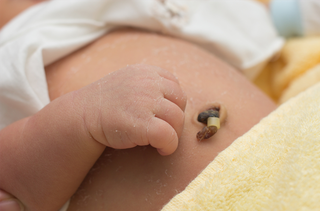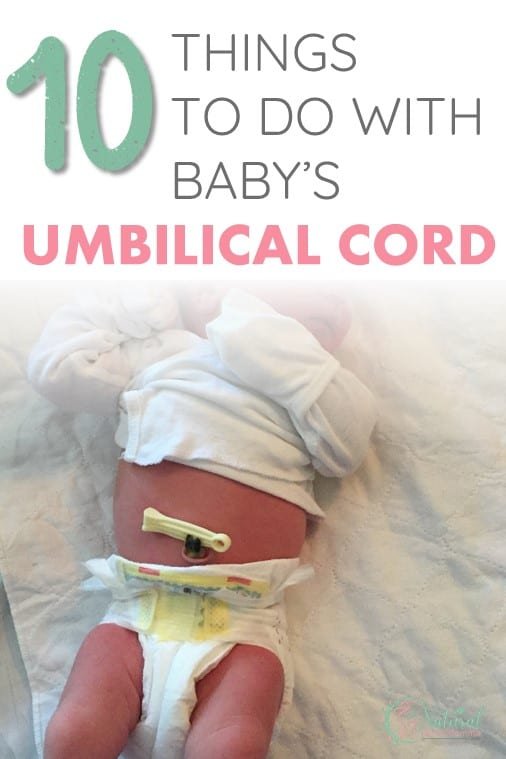how does a baby umbilical cord work
With that painless snip you and your baby are officially separated. To clean the cord safely take a cotton swab cotton square or cotton round and clean around the base of the umbilical cord with clean water.
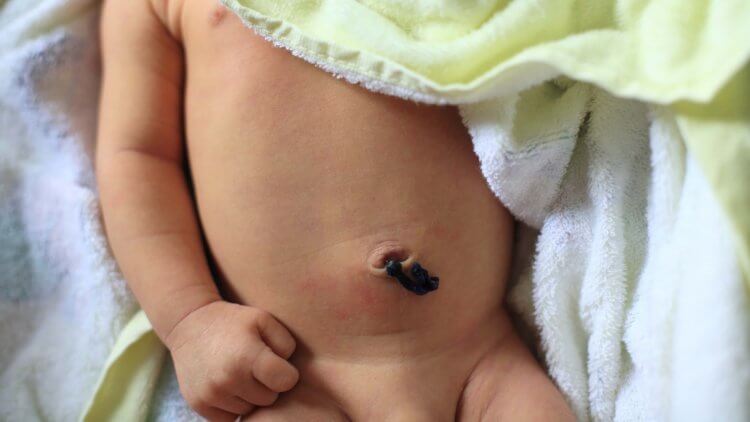
Umbilical Cord In Newborns How To Care For It Naturally
The umbilical cord is the tube-like structure that carries food and oxygen from a mother to their baby while pregnant.

. When your baby is born the umbilical cord is cut and there is a stump left. Two arteries which carry blood from the baby to the placenta and one vein which carries blood back to the baby. Caring for the umbilical cord.
The cord is not directly connected to the mothers circulatory system but instead joins the placenta which transfers materials to and from the maternal blood without allowing direct mixing. During the late stages of your pregnancy the cord has been passing on antibodies as well benefiting your babys immune system. Cutting the Umbilical Cord Throughout your pregnancy the umbilical cord has functioned as the connection between your baby and the placenta.
The umbilical cord connects to the babys abdomen from the placenta which in turn is connected to the mothers uterus. But some cords lack enough Whartons Jelly causing the Nuchal cord problem. Let the stump fall off naturally.
Keep the stump clean with gauze and water only. A less is more approach to newborn belly button care is best. The umbilical cord develops from and contains remnants of the yolk sac and allantois.
It carries oxygen and nutrients to the baby and waste away from the baby. The umbilical cord starts to form at about 4 weeks of pregnancy. They then bury the remaining portion of the cable by tying off the ends and burying them deep in the dirt.
It forms by the fifth week of development replacing the yolk sac as the source of nutrients for the embryo. The stump should dry and fall off by the time your baby is 5 to 15 days old. The umbilical cord develops from embryonic tissue and will grow about 60 centimetres long.
Taking care of the stump A babys umbilical cord stump dries out and eventually falls off usually within one to three weeks after birth. The length of the umbilical cord is approximately equal to the crown-rump length of the fetus thro. Keeping the area dry exposing your babys belly to air and making sure your own hands are clean when handling your newborn are ways to prevent infection and aid in the healing process.
During pregnancy the umbilical cord supplies nutrients and oxygen to your developing baby. If the diaper is too high fold it down on your baby before securing. Some of the other causes are.
Use only water and cotton pads and dry it carefully. Now your baby has a purplish-blue stump that is about a half-inch to an inch long. You dont need to use antiseptics and alcohol.
Do not put your baby in a tub of water until the stump has fallen off. The umbilical cord which connects your baby to the placenta contains three vessels. And it provides for the removal of waste and deoxygenated blood.
Keep the stump clean with gauze and water only. Make sure you wash your hands first. It has brought important nutrients and blood to your baby.
The stump should dry and fall off by the time your baby is 5 to 15 days old. Its an unforgettable moment when the babys umbilical cord is cut after birth. DO NOT put your baby in a tub of water until the stump has fallen off.
What can a mother do to keep the placenta healthy. This leaves behind a short stump. The cord also carries away the babys waste products.
Your babys umbilical cord connects from their navel to the placenta a special organ that grows during pregnancy to facilitate moving blood oxygen and nutrients from you to your baby. Sponge bathe the rest of your baby as well. In a baby that is born at term around their due date the cord has a spiral twist and is normally around 50-60 cm long with a diameter of approximately 1-2 centimetres.
Wash the cord stump as part of your babys usual bathing routine. The umbilical cord transported nutrients from you to your baby throughout your pregnancy. It delivers vital nutrients from your body to your baby and ferries away the waste products your baby produces.
Remember to avoid covering the cord with the diaper because the cord area should be kept dry and clean at all times. The umbilical cord also ensures that blood does not mix and keeps the baby alive and growing. Your provider will cut the umbilical cord leaving a short piece of it called a stump attached to your babys belly button.
Doctors cut the cord and take it out of your babys body during birth. If wee or poo gets on the stump you can use a mild soap to help clean it off. After your baby is born they dont need the umbilical cord any longer.
Poor structure of the cord. It also carries waste products. During pregnancy the umbilical cord is your babys lifeline to the placenta the pancake-shaped organ attached to your uterus.
The length of the umbilical cord enables the baby to pass down through the pelvis and be born vaginally without any traction being applied to the placenta. Sponge bathe the rest of your baby as well. Umbilical cords are protected by a soft gelatinous jelly-like substance called Whartons Jelly.
The placenta is responsible for producing pregnancy hormones as well as hosting important nutritional exchanges between. In fact the role of umbilical cord is also to help with the formation of the placenta which is connected to the uterine wall. It will take a little care and attention to prevent irritation and infection.
The umbilical cord is still tied to your kid within your womb when his or her head emerges from your vagina. The umbilical cord naturally slips off after delivery. Umbilical cord care in newborns When your baby is born the umbilical cord is cut and there is a stump left.
When this piece falls off you can see the babys belly button. It allows the transfer of oxygen food and nutrients. This is the name for the long tube that runs between a mother and her unborn baby.
It will take some time approximately 1-2 weeks before the stump dries up and falls off. Its important to take care of your babys umbilical cord stump in order to prevent infection. After birth the umbilical cord is no longer needed so its clamped and snipped.
When the baby is born the doctor cuts the umbilical cord and a small piece is left attached to the baby. The blood in the arteries contains waste products such as. The umbilical cord connects your baby to your placenta and contains two arteries and one vein.
Once your baby. Until then the umbilical cord served as a lifeline to your child connecting them to the placenta and providing oxygen and nutrient-rich blood while removing waste products. When an egg is fertilized it divides into two components one becomes the embryo which develops into the fetus and the other becomes the placenta which grows along the lining of the uterus.
This helps to keep the cord-free of knots no matter how much the baby may wriggle.

Easy Newborn Umbilical Cord Care Youtube
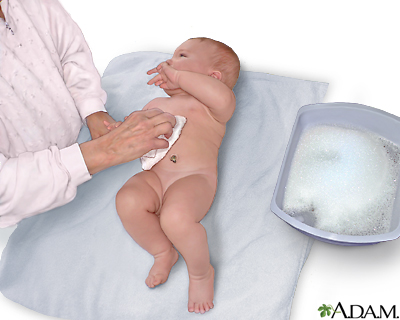
Umbilical Cord Care In Newborns Information Mount Sinai New York
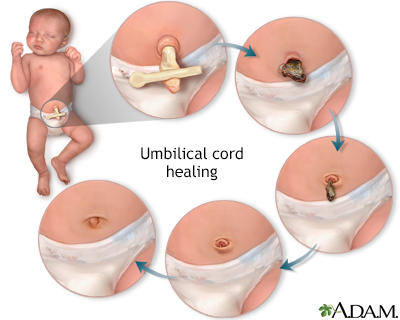
Umbilical Cord Care In Newborns Information Mount Sinai New York

Lotus Birth What Experts Say About Cutting The Cord Live Science
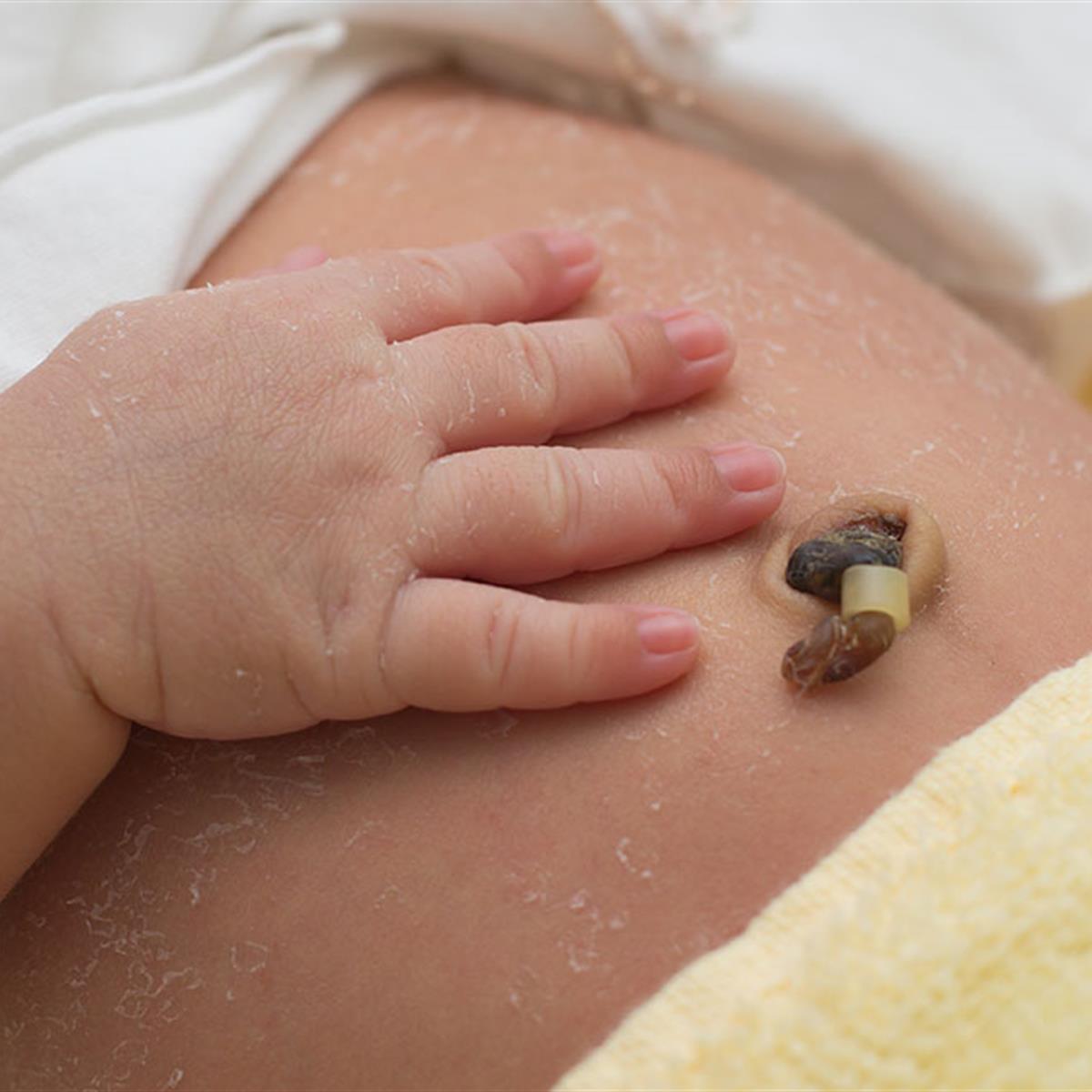
Umbilical Cord Care Healthychildren Org

Your Baby S Umbilical Cord Stump Madeformums

Understanding The Umbilical Cord Cells For Life
Hie Multimedia Kids Umbilical Cord
What Happens To Baby S Umbilical Cord After Birth Pregnancy Newborn
Umbilical Cord Recommendations

How To Care For Baby S Umbilical Cord Stump Biovault Family
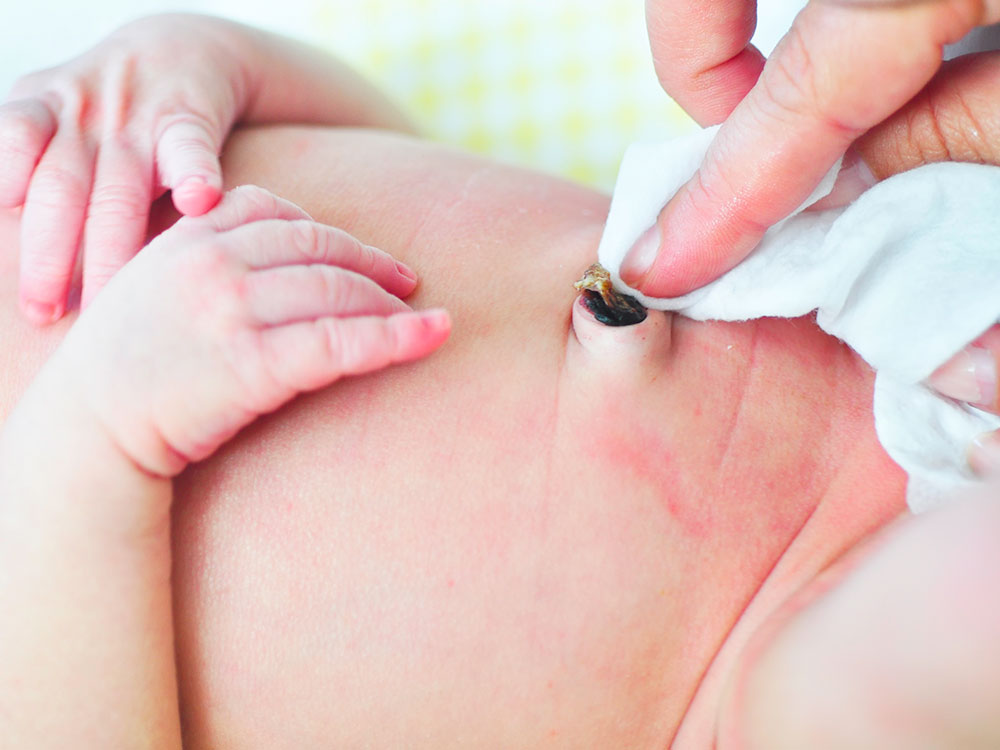
Umbilical And Baby Belly Button Care Raising Children Network
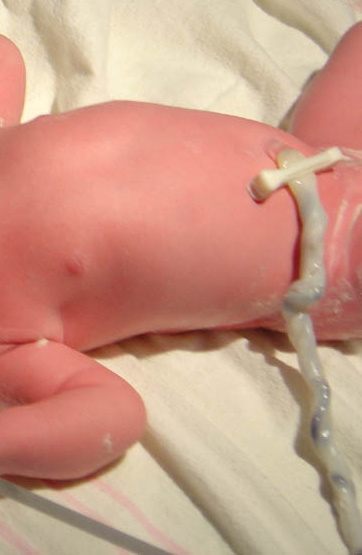
Umbilical Cord Stem Cells Current Uses Future Challenges

What Is The Umbilical Cord Babycenter

Recognizing When A Child Injury Is Caused Brain Injury Symptoms
